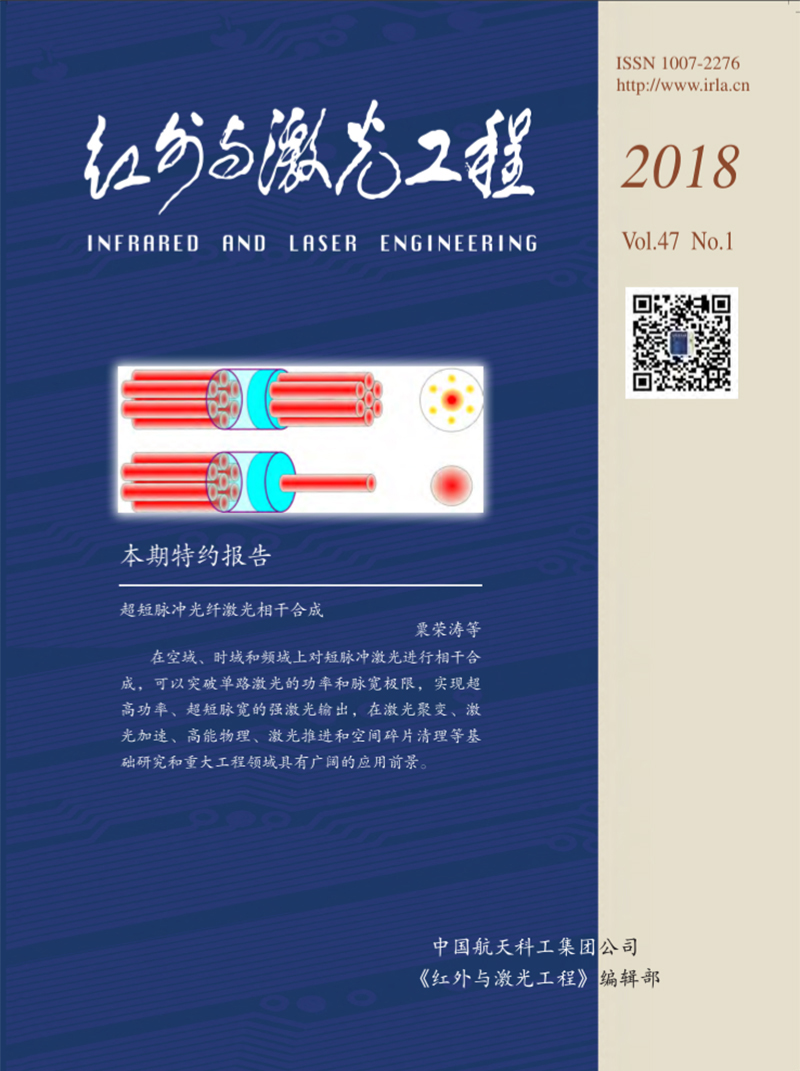|
[1]
|
Ji Shujiao, Zhu Ming, Hu Hanping. Aero-borne electronic image stabilization based on feature point matching[J]. Chinese Optics, 2013, 6(6):841-849. (in Chinese) |
|
[2]
|
Lai Lijun, Xu Zhiyong, Zhang Xuyao. Improved gradient optical flow for digital image stabilization[J]. Infrared and Laser Engineering, 2016, 45(4):0428004. (in Chinese) |
|
[3]
|
Wu Wei, Xu Tingfa, Wang Yawei, et al. High precision digital image stabilization with full frame compensation[J]. Chinese Optics, 2013, 6(3):378-385. |
|
[4]
|
David G L. Object recognition from local scale-invariant features[C]//The Seventh IEEE International Conference on Computer Vision, 1999, 2(3):1150-1157. |
|
[5]
|
Herbert Bay, Tinne Tuytelaars, Luc V G. SURF:Speeded up robust features[J]. Computer Vision-ECCV, 2006, 110(3):404-417. |
|
[6]
|
He Linying, Liu Jinghong, Li Gang, et al. Fast image registration approach based on improved BRISK[J]. Infrared and Laser Engineering, 2014, 43(8):2722-2727. (in Chinese) |
|
[7]
|
Ji Shujiao, Zhu Ming, Lei Yanmin, et al. Video stabilization with improved motion vector estimation[J]. Optics and Precision Engineering, 2015, 23(5):1458-1465. (in Chinese) |
|
[8]
|
Dai Xuemei, Lang Lang, Chen Mengyuan. Research of image feature point matching based on improved ORB algorithm[J]. Journal of Electronic Measurement and Instrumentation, 2016, 30(2):233-240. (in Chinese) |
|
[9]
|
Chris Whiten, Robert Laganiere, Guillaume A. Bilodeau. efficient action recognition with MoFREAK[C]//Computer and Robot Vision(CRV), 2013 International Conference, 2013, 10(1):319-325. |
|
[10]
|
Yu Fei, Zhan Xingqun, Liu Ming. Stereo vision tracking and measurement system based on KAZE feature[J]. Computer Measurement Control, 2016, 24(2):30-33. (in Chinese) |
|
[11]
|
Geng Zexun, Xu Zhijun, Lu Lanxin, et al. Improved KAZE feature matching algorithm with viewpoint change robustness[J]. Optics and Precision Engineering, 2016, 24(3):616-625. (in Chinese) |
|
[12]
|
Elmar Mair, Gregory D H, Darius Burschka, et al. Adaptive and generic corner detection based on the accelerated segment test[C]//Proceedings of the European Conference on Computer Vision (ECCV'10), 2010, 6312:183-196. |
|
[13]
|
Zhao Chenchen, Gong Zhihui, Long Yican, et al. The oblique stereo image matching with Shi-Tomasi feature[J]. Journal of Geomatics Science and Technology, 2015(1):66-71. (in Chinese) |
|
[14]
|
Krystian Mikolajczyk, Tinne Tuytelaars, Cordelia Schmid, et al. A comparison of affine region detectors[J]. Proceedings of the International Journal of Computer Vision, 2005, 65(1):43-72. |
|
[15]
|
Vinay A, Vinay S S, Akshay K C, et al. Affine-scale invariant feature transform and two-dimensional principal component analysis:a novel framework for affine and scale invariant face recognition[J]. Iet Computer Vision, 2016, 10(1):43-59. |









 DownLoad:
DownLoad: